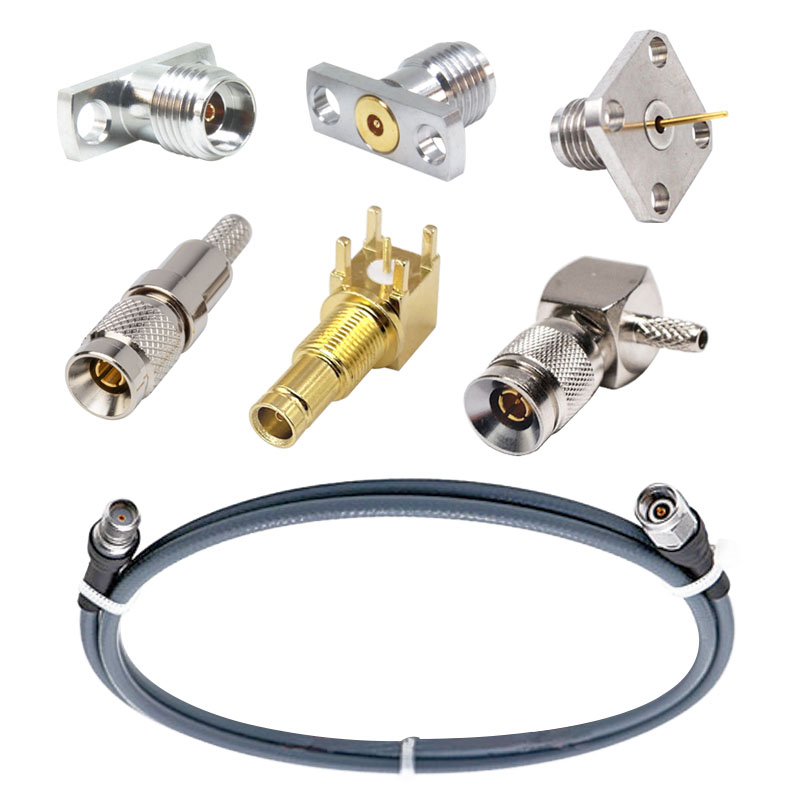-
We’re On Call 24/7 : +8613538296050
-
E-mail : anna@rohoconnector.com
We’re On Call 24/7 : +8613538296050
E-mail : anna@rohoconnector.com
The millimeter wave connector is a general term for connectors operating in the millimeter wave band. The frequency of operation is generally required to be greater than 30 GHz, and the body size is small. The typical classification is as follows:
The 3.5 mm connector is particularly suitable for use on test equipment due to its precision and good wear resistance.
The 2.92 mm connector is similar in construction to the 3.5 mm connector, but will be smaller, allowing an operating frequency of 46 Ghz, and its inner conductor size is the same as that of the SMA, making it ideal for use on systems and test instruments.

3, 2.4mm connector
The successful development of the 2.4 mm coaxial connector marks a new step in the development of the millimeter wave connector, which can be applied to a wide range of fields, and is the first product with three levels of production grade, instrument grade and metering grade.
The 1.0 mm connector is the world's smallest millimeter wave connector with an inner conductor diameter of 0.43 mm (50 Ω) and a maximum operating frequency of 110 GHz.